The wreck of a mid-19th century sailing ship transporting British people to New Zealand with a cargo of exceptionally rare ceramics on board has been granted protection by the government on the advice of Historic England (HE).
The packet-boat Josephine Willis foundered 6.4km south of Folkestone Harbour in Kent after colliding with the steamer Mangerton on 3 February, 1856. The 70 lives lost included that of Captain Edward Canney.
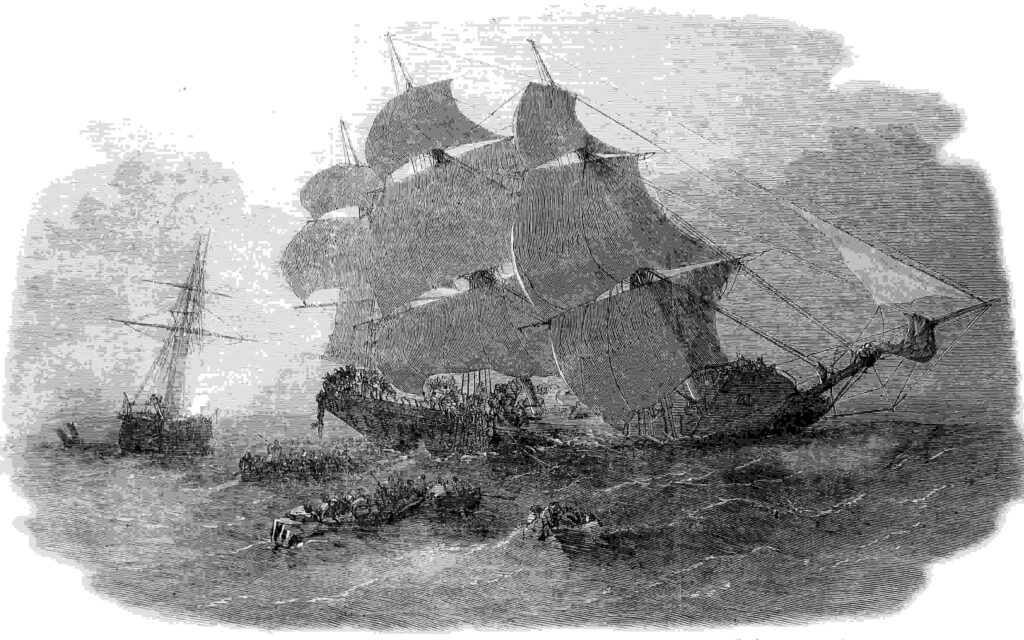

The wreck was identified in 2018 by scuba divers from Folkestone 501 diving club, who reported it to HE via Wessex Archaeology. It lies in two parts at a depth of 23m. The find was reported at the time by Stefan Panis on Divernet. Recreational divers can still dive the wreck, but its contents are protected in situ.
Some of the Victorian ceramics on board are still in their crates, and several unknown patterns have been discovered on cups, plates and bowls that are in many cases in pristine condition and have no equivalents in museum collections. Those that can be identified originate from three Staffordshire potteries: Mexborough, Charles Meigh and Davenport.
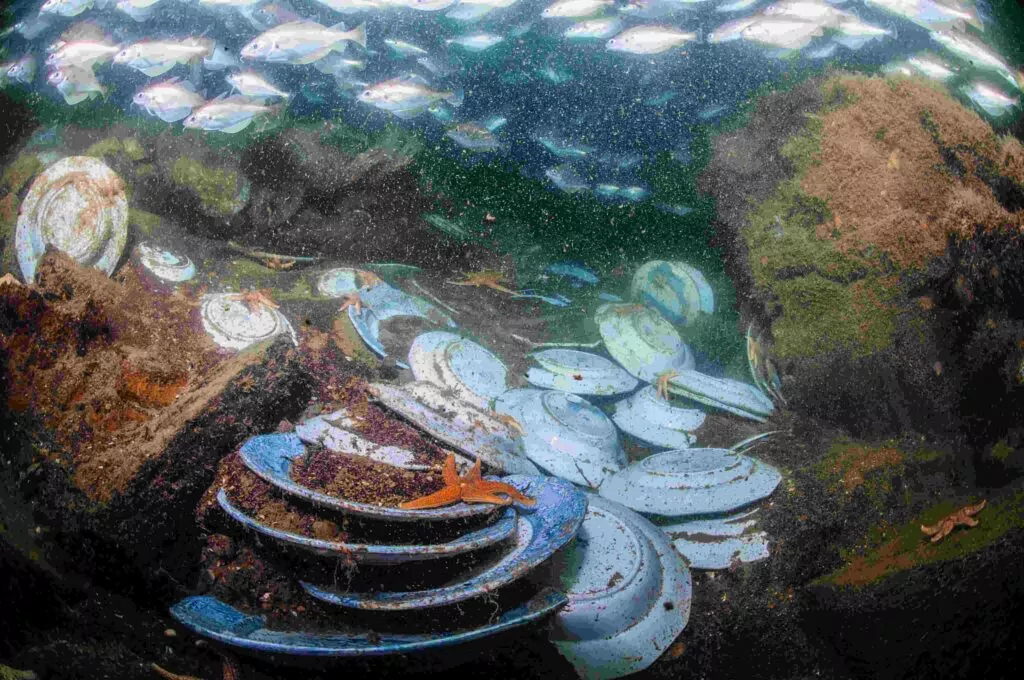

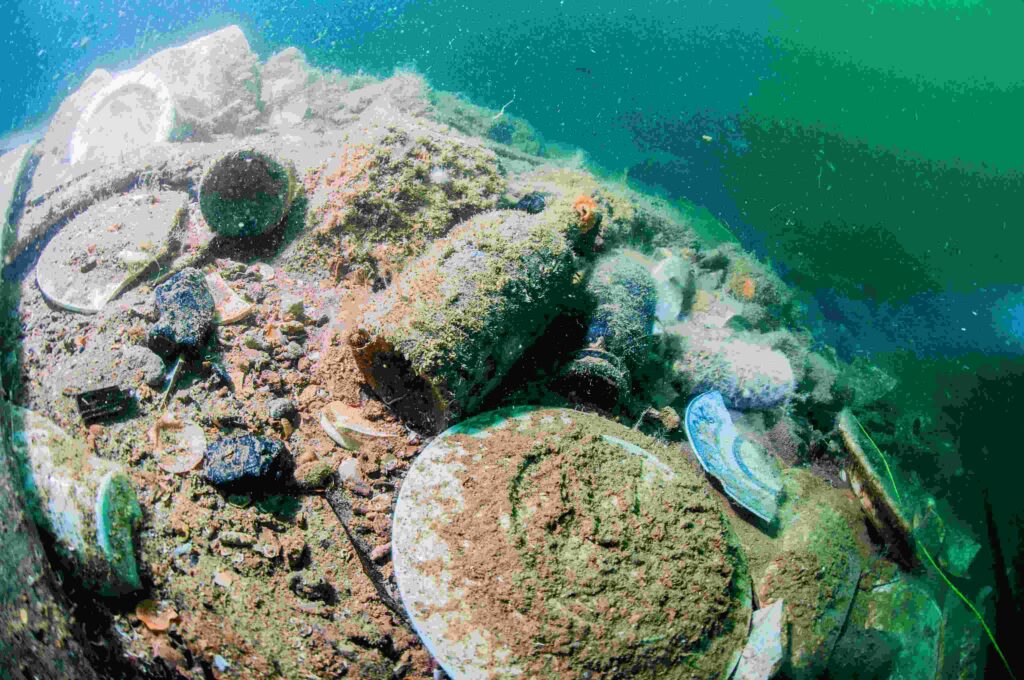
There are also examples on the seabed of other patterns previously known only from ceramics that had been discarded at the kiln after being damaged during the firing process.
Sad story
Packet boats were medium-sized timber vessels often used in the 18th and 19th centuries to carry people, mail and freight to Europe, North America, Australia and New Zealand. Only one other sailing ship of the same type as the Josephine Willis has been found on the national record: the iron-hulled Avalanche, which sank in 1877 outside territorial waters off Dorset.
Historic England chief executive Duncan Wilson described the sinking of the Josephine Willis as “a sad story of ordinary people being lost to the sea while taking the risk of a long journey to New Zealand in the search for a better life. The other side to this story is of the rare cargo on board, which gives us clues to help improve our knowledge of the Victorian export ceramics industry in the mid-19th century.”
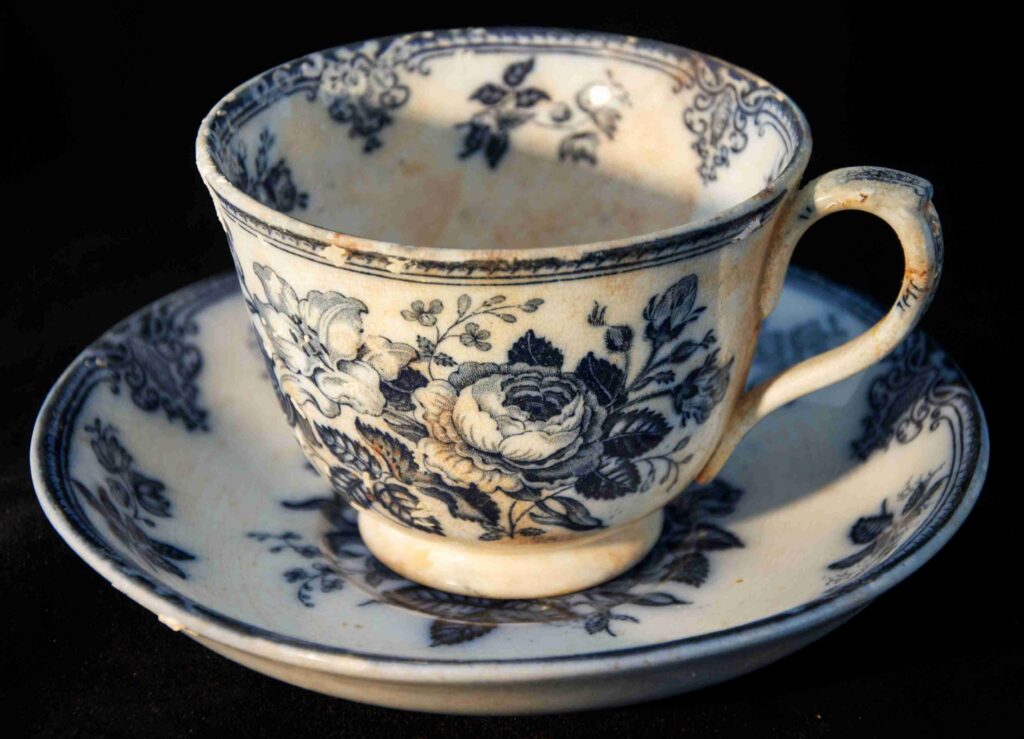

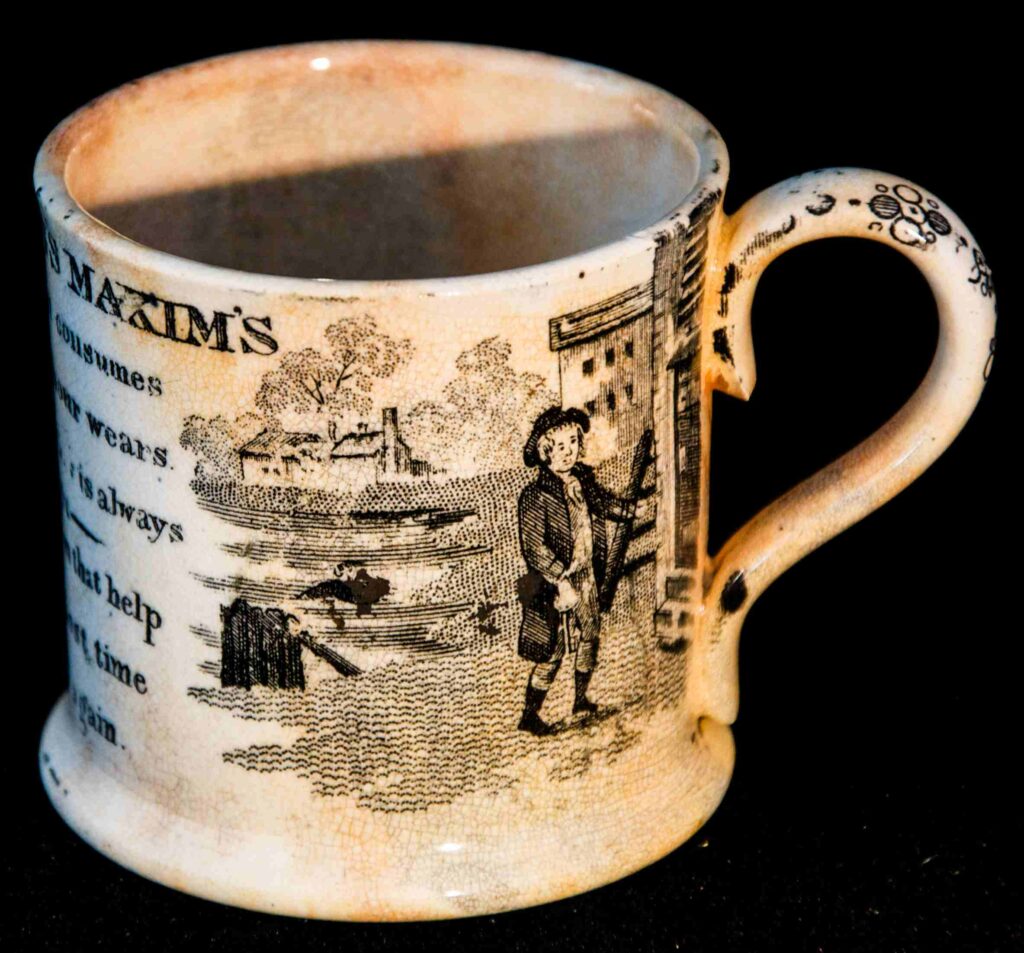

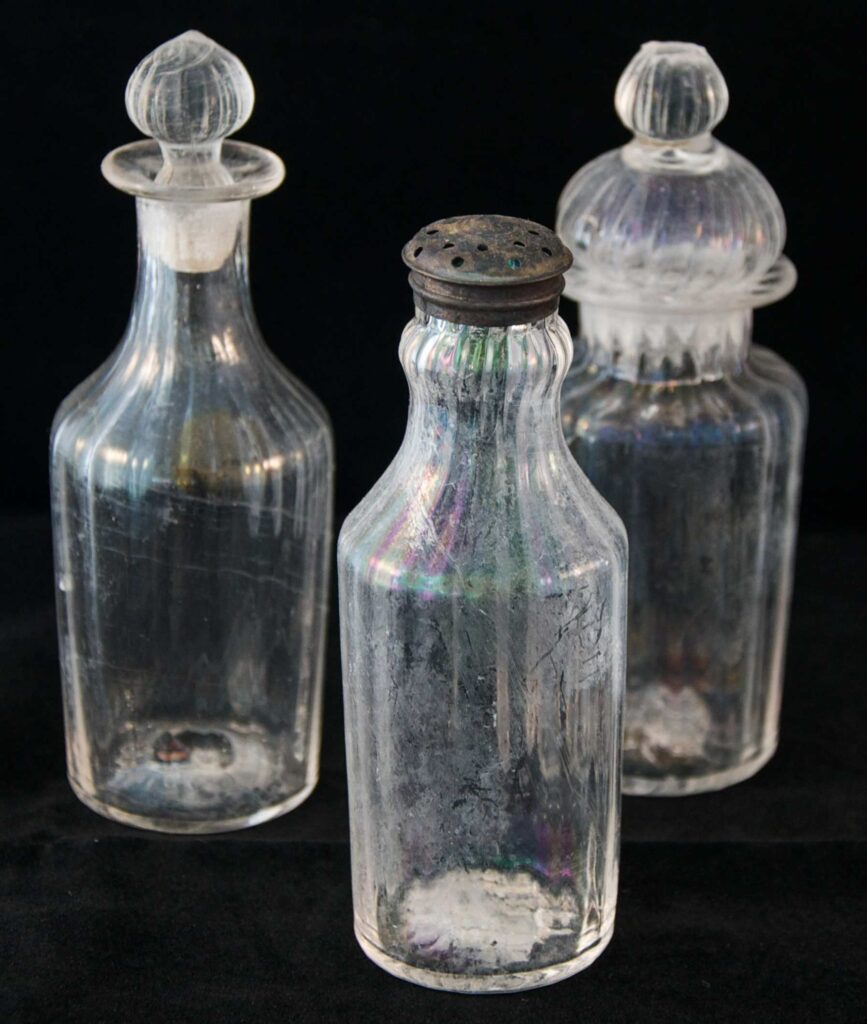
The captain’s great, great, great-grandson James Canney said he was pleased that the ship’s story was being told and the wreck protected. “I am continuing my research into the construction of the ship and the people who chartered it,” he said.
“I am also learning more about the lives of the crew and passengers; both those lost at sea in the tragedy and those who survived and later made it to their new lives on the other side of the world.”
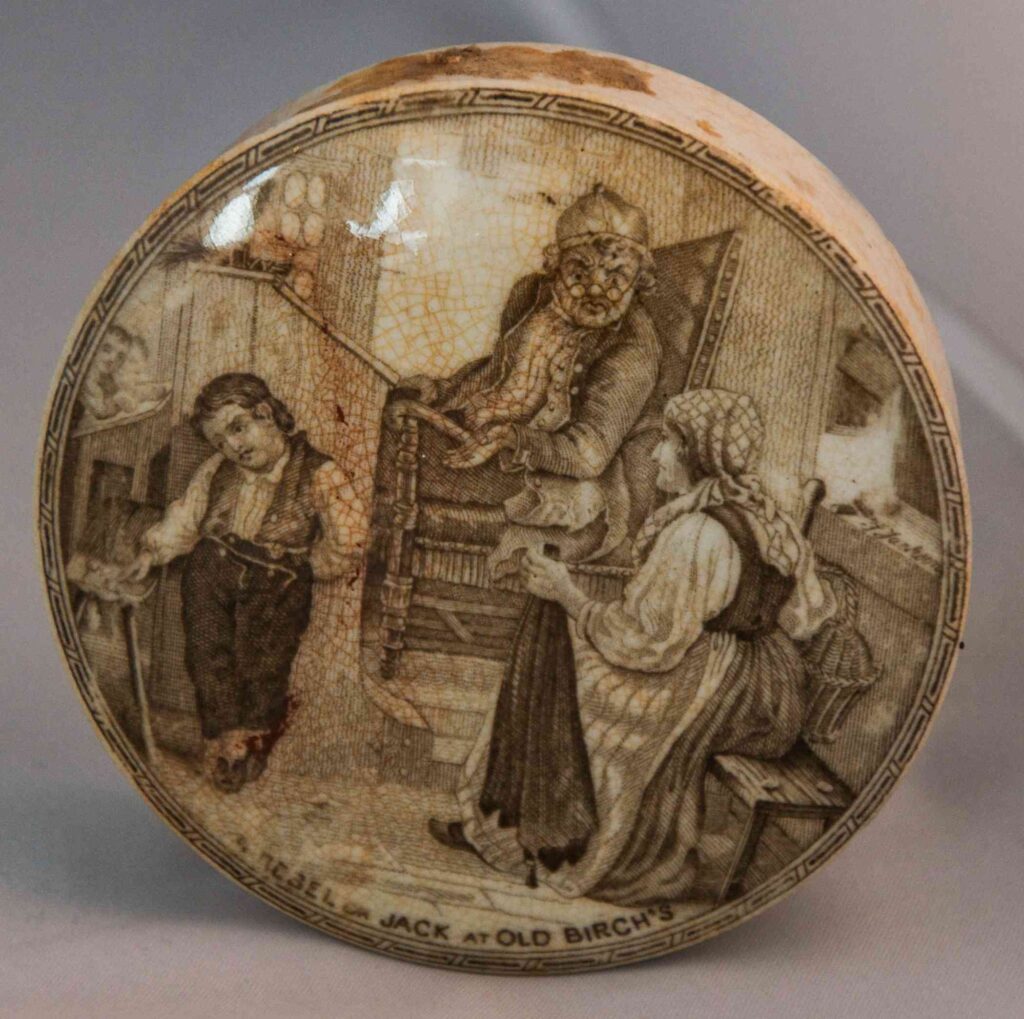
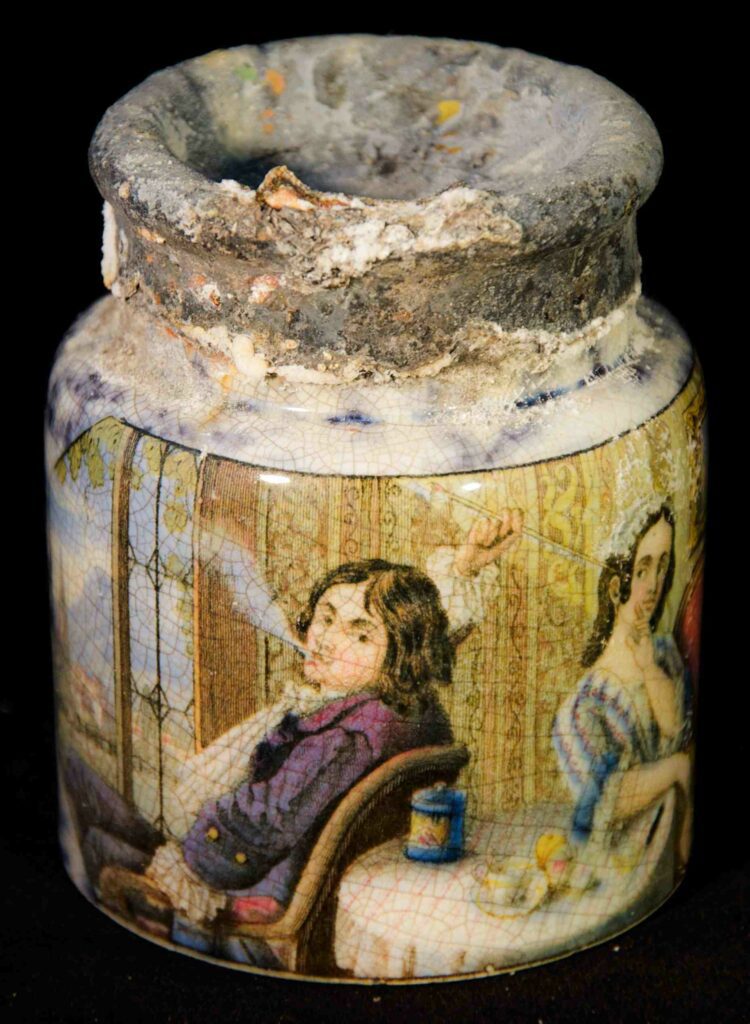


“Most of the ceramics being carried by ship were ordinary, affordable, mass-produced goods that most European settlers in New Zealand could at least aspire to own,” commented Wessex Archaeology marine archaeologist Graham Scott.
“However, being relatively plain they tended to be of little interest to collectors, and are often absent from museum collections.
“So these ceramics are both ordinary and special. Not only do they help shine a light on Victorian industry and trade and the lives of emigrants, but they also help fill important gaps in the collections that those museums preserve and display for us.”
Also on Divernet: Volunteer Wreck-Divers ‘Unsung Heroes’ – But New Blood Needed, Sussex Wreck Identified As Historic Dutch Wreck, The Essex 3 Who Took On London, The Hazardous Crew, Invincible – 50’ 44.34N, 01’ 02.23W, VR Adds New Dimension To HMS Colossus Dive
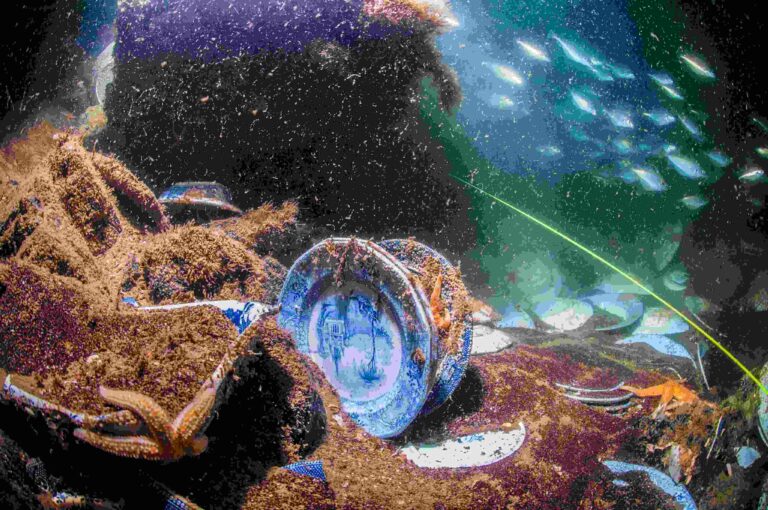

That is very good to know but just how is the wreck going to be protected because I don’t see the local bobby having a quick swim around.
There are many more wrecks that need protection. In Indonesian waters pirates
were responsible for removing at least two Naval ships piece by piece.